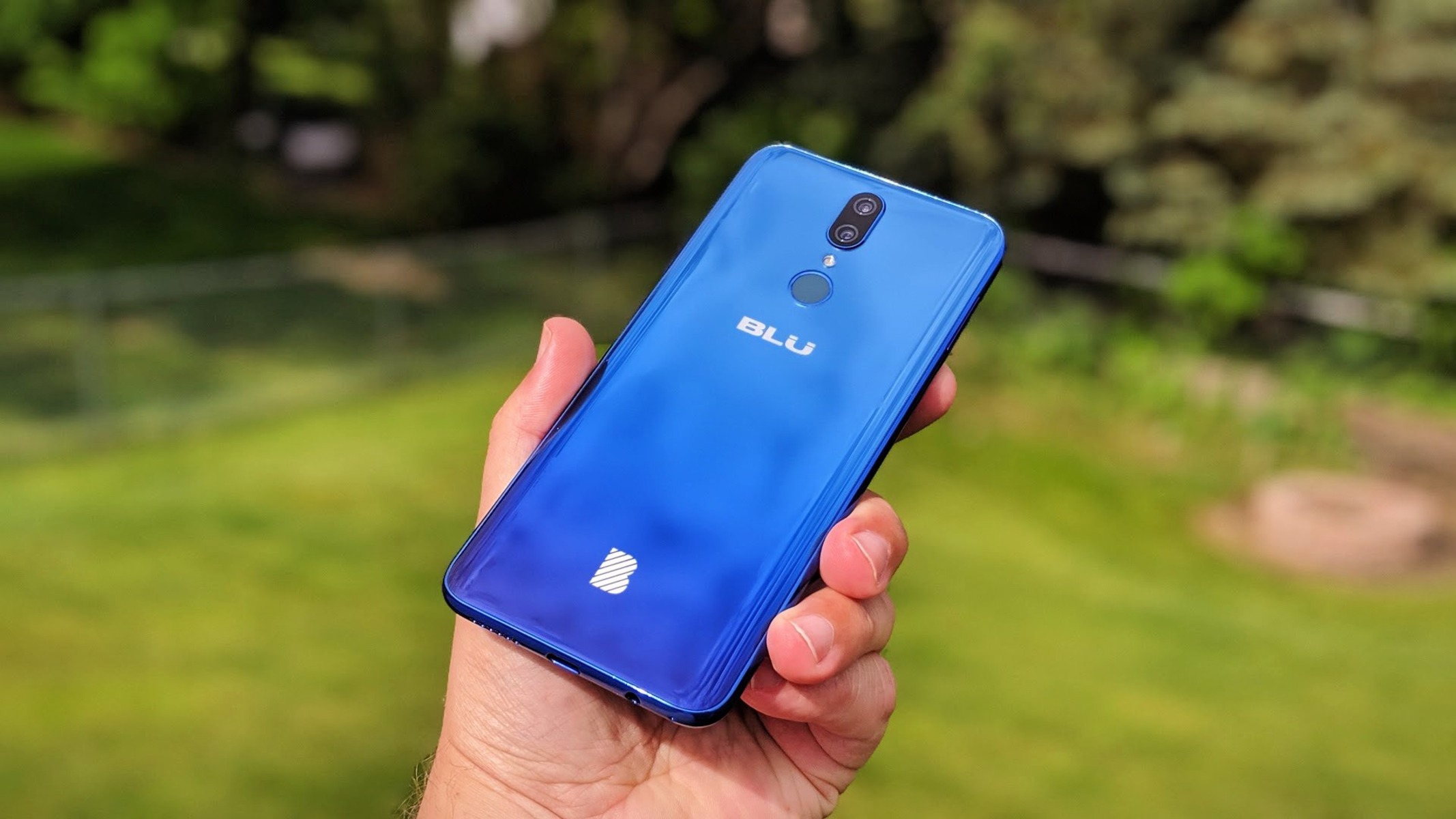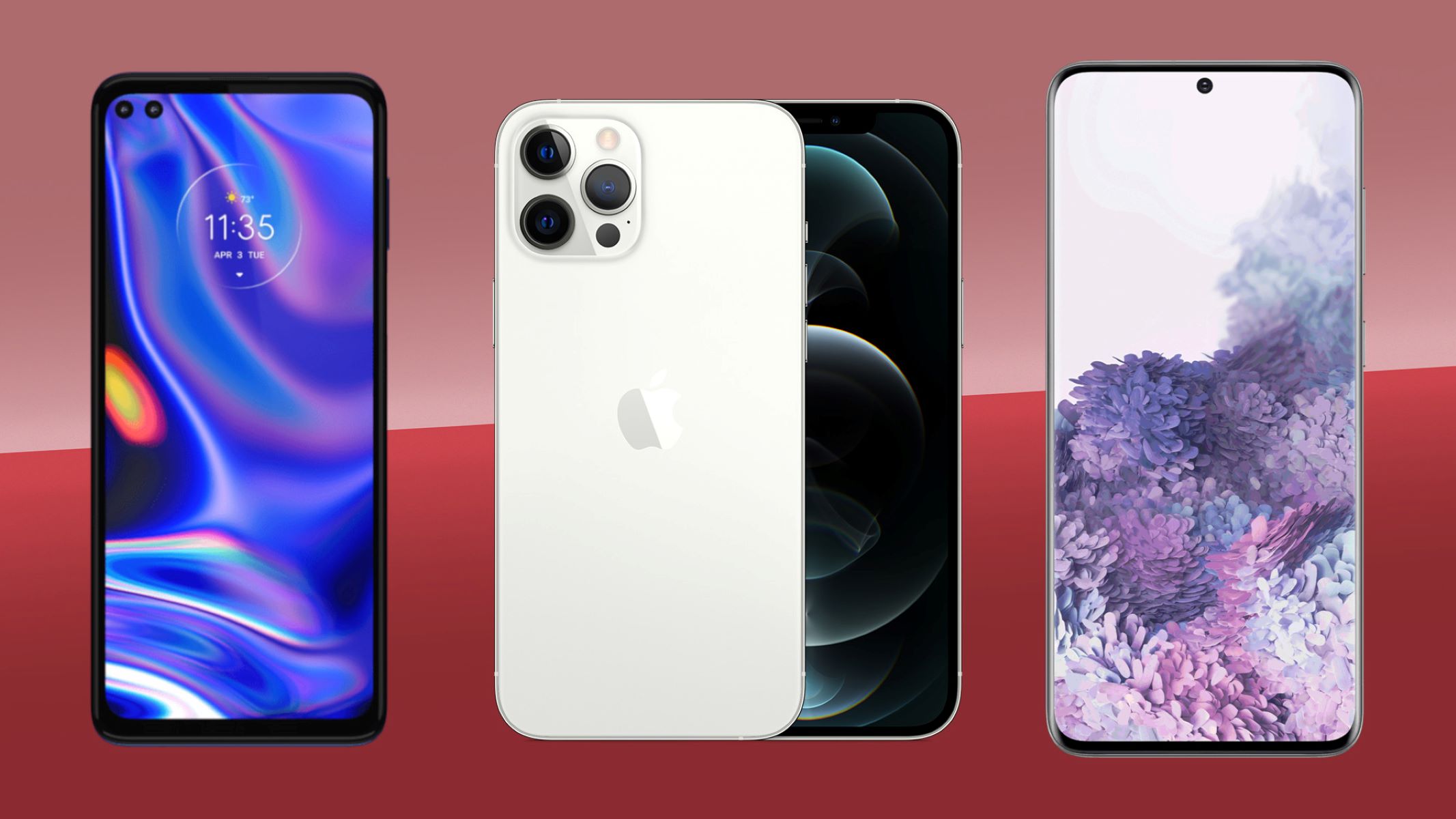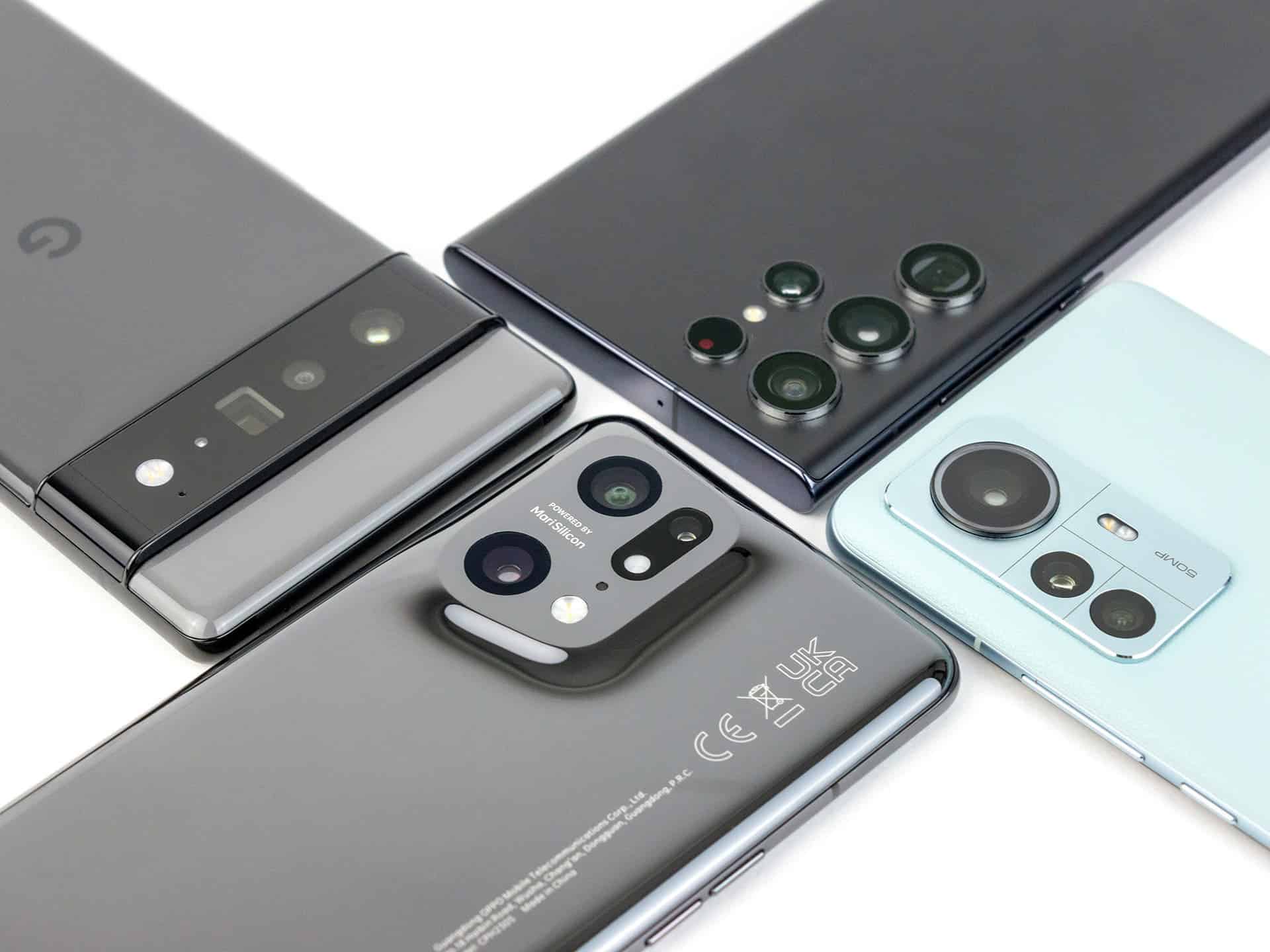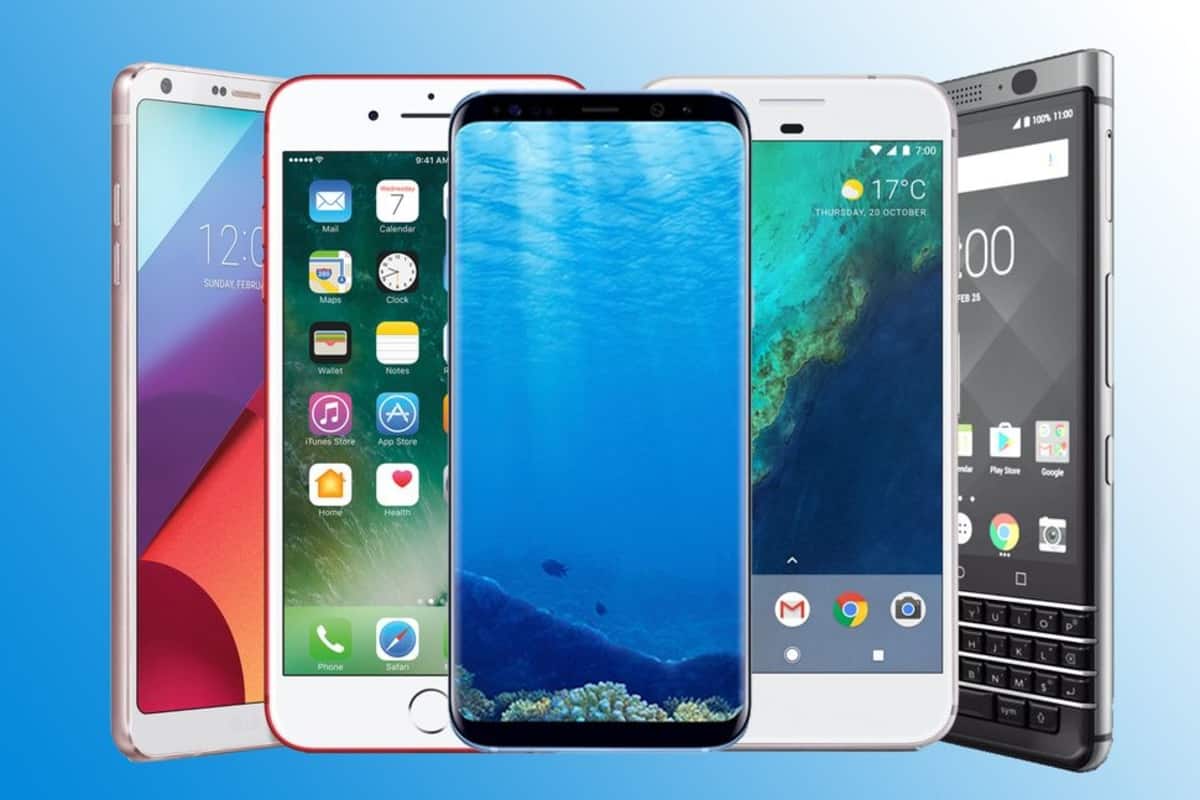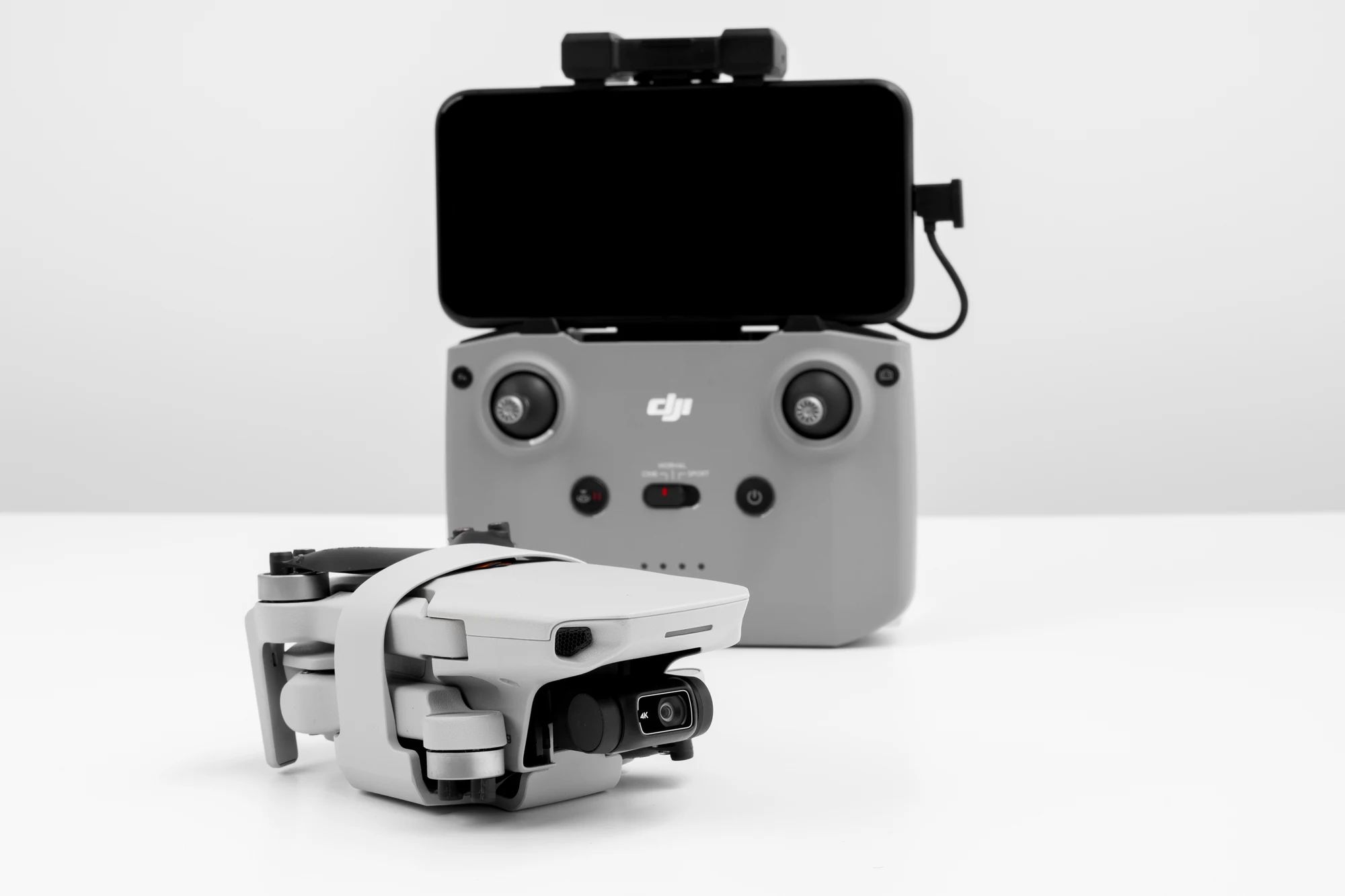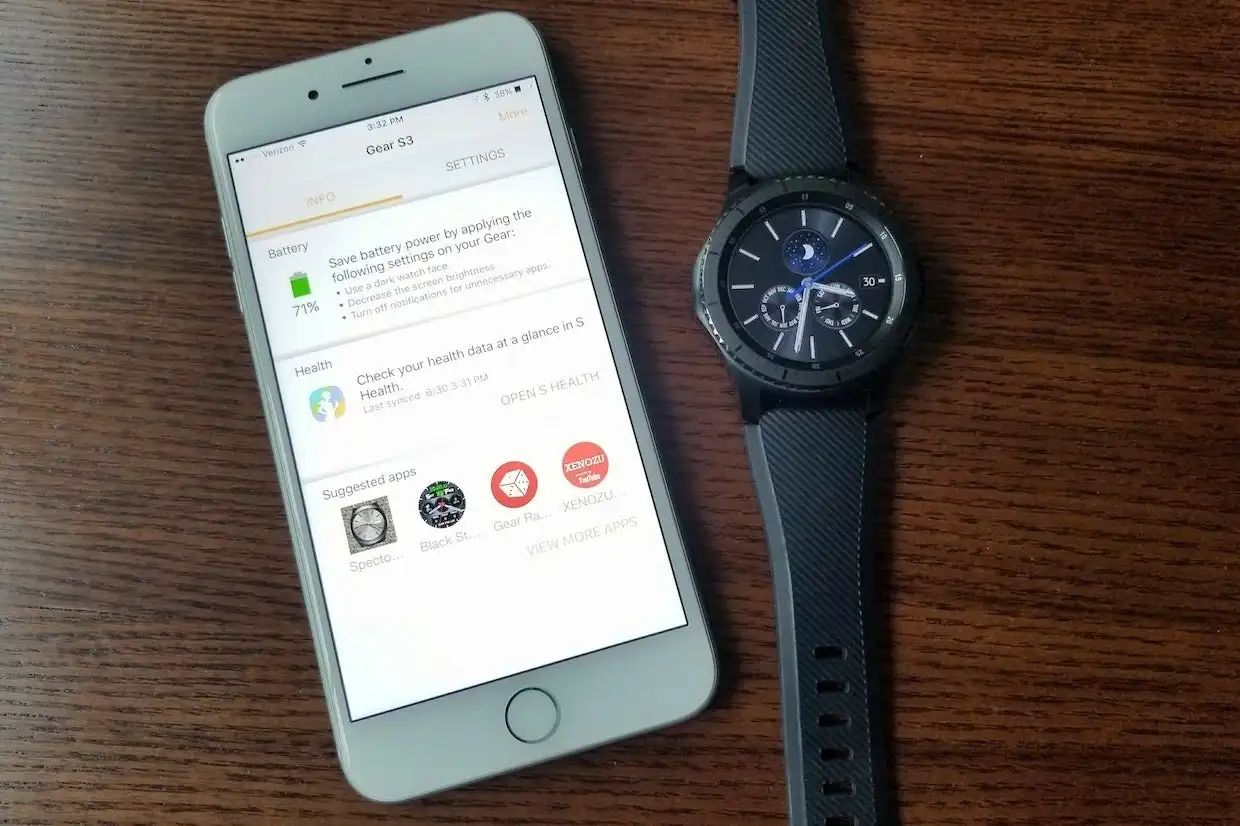Design and Build Quality
When it comes to the design and build quality of smartphones, the OnePlus 9 Pro and the Google Pixel 6 Pro both showcase exceptional craftsmanship and attention to detail. Let's delve into the specifics of each device's design and build to understand what sets them apart.
-
OnePlus 9 Pro: The OnePlus 9 Pro boasts a sleek and modern design that exudes sophistication. Its curved edges seamlessly blend into the frame, providing a comfortable grip and a premium feel. The device's glass back features a stunning matte finish that not only looks elegant but also resists fingerprints, ensuring a clean and polished appearance at all times. The camera module is thoughtfully integrated into the rear panel, contributing to a seamless and visually appealing aesthetic.
-
Google Pixel 6 Pro: On the other hand, the Google Pixel 6 Pro showcases a distinctive design language that sets it apart from its competitors. The device features a striking camera bar that spans the width of the rear panel, creating a bold and eye-catching visual element. The choice of materials and finishes further enhances the device's premium appeal, with a polished aluminum frame complementing the matte glass back.
Both the OnePlus 9 Pro and the Google Pixel 6 Pro prioritize durability and resilience, incorporating robust materials that can withstand the rigors of daily use. Additionally, they are both equipped with water and dust resistance, providing added peace of mind for users.
In terms of build quality, both devices excel in delivering a solid and well-crafted construction that instills confidence. The seamless integration of components, precision engineering, and meticulous attention to detail are evident in the overall build of the OnePlus 9 Pro and the Google Pixel 6 Pro.
In summary, the OnePlus 9 Pro and the Google Pixel 6 Pro stand out for their exceptional design and build quality, showcasing unique aesthetics and premium materials that cater to the discerning preferences of smartphone users. Whether it's the sleek and sophisticated design of the OnePlus 9 Pro or the bold and distinctive appearance of the Google Pixel 6 Pro, both devices exemplify a commitment to excellence in design and craftsmanship.
Display and Screen Technology
The display and screen technology of a smartphone play a pivotal role in shaping the user experience, from visual clarity to touch responsiveness. When comparing the OnePlus 9 Pro and the Google Pixel 6 Pro in this aspect, it becomes evident that both devices offer cutting-edge display technologies that cater to the demands of modern consumers.
OnePlus 9 Pro
The OnePlus 9 Pro features a stunning Fluid AMOLED display that delivers vibrant colors, deep blacks, and exceptional contrast. With a resolution of 3216 x 1440 pixels and a high refresh rate of 120Hz, the display offers a smooth and immersive viewing experience, whether users are scrolling through their social media feeds or indulging in high-definition content. The incorporation of LTPO (Low-Temperature Polycrystalline Oxide) technology further enhances power efficiency, dynamically adjusting the refresh rate based on the on-screen content to conserve battery life without compromising on visual fluidity.
Google Pixel 6 Pro
On the other hand, the Google Pixel 6 Pro boasts a stunning LTPO OLED display with a resolution of 3120 x 1440 pixels. The Adaptive 120Hz refresh rate ensures seamless transitions and silky-smooth animations, elevating the overall responsiveness of the device. The display's HDR support enables it to render a wide range of colors and tones with remarkable accuracy, making it ideal for streaming HDR content and viewing high-resolution images.
Comparative Analysis
Both the OnePlus 9 Pro and the Google Pixel 6 Pro excel in delivering exceptional display quality, leveraging advanced OLED technology to achieve deep blacks, vibrant colors, and high contrast ratios. The high refresh rates of 120Hz on both devices contribute to a fluid and responsive user experience, whether users are gaming, browsing, or streaming multimedia content.
In terms of screen size, the OnePlus 9 Pro features a 6.7-inch display, while the Google Pixel 6 Pro boasts a larger 6.7-inch display, providing users with expansive canvases for immersive viewing and seamless multitasking.
In summary, the OnePlus 9 Pro and the Google Pixel 6 Pro showcase state-of-the-art display and screen technology, offering users visually captivating and responsive displays that elevate the overall smartphone experience. Whether it's the vibrant Fluid AMOLED display of the OnePlus 9 Pro or the Adaptive LTPO OLED display of the Google Pixel 6 Pro, both devices prioritize visual excellence and user engagement through their advanced display technologies.
Camera Capabilities
The camera capabilities of a smartphone are often a defining factor for many consumers, shaping their ability to capture life's moments with stunning clarity and detail. When comparing the OnePlus 9 Pro and the Google Pixel 6 Pro in this aspect, it becomes evident that both devices offer cutting-edge camera technologies that cater to the demands of modern photography enthusiasts.
OnePlus 9 Pro
The OnePlus 9 Pro is equipped with a versatile quad-camera system that leverages the expertise of Hasselblad, a renowned name in the world of professional photography. The primary camera features a large 48MP Sony IMX789 sensor, which excels in capturing intricate details and vibrant colors. The 50MP ultra-wide camera expands the creative possibilities, enabling users to capture expansive landscapes and group shots with remarkable clarity and perspective. Additionally, the 8MP telephoto camera with 3.3x optical zoom delivers exceptional telephoto capabilities, allowing users to zoom in on distant subjects without compromising image quality. The fourth camera, a 2MP monochrome sensor, enhances the depth and richness of black-and-white photography, adding an artistic dimension to the device's camera capabilities.
Google Pixel 6 Pro
On the other hand, the Google Pixel 6 Pro features a sophisticated camera setup that leverages computational photography to deliver exceptional results. The device boasts a 50MP main camera that excels in capturing stunning details and lifelike colors, supported by a 12MP ultra-wide camera that expands the creative horizons for users. The standout feature of the Pixel 6 Pro's camera system is its 48MP telephoto camera, which offers 4x optical zoom, enabling users to capture distant subjects with astounding clarity and precision. The integration of advanced AI and machine learning algorithms further enhances the device's camera capabilities, allowing users to capture professional-quality photos with ease.
Comparative Analysis
Both the OnePlus 9 Pro and the Google Pixel 6 Pro showcase remarkable camera capabilities, each with its unique strengths and focal points. The collaboration with Hasselblad has empowered the OnePlus 9 Pro to deliver exceptional color accuracy and dynamic range, catering to photography enthusiasts and professionals alike. On the other hand, the Google Pixel 6 Pro's emphasis on computational photography and AI-driven enhancements ensures that users can consistently capture stunning photos in various lighting conditions, leveraging the power of advanced algorithms to optimize every shot.
In summary, the OnePlus 9 Pro and the Google Pixel 6 Pro exemplify the pinnacle of smartphone camera capabilities, offering users the tools and technologies to unleash their creativity and capture life's moments with unparalleled clarity and artistry. Whether it's the Hasselblad-enhanced quad-camera system of the OnePlus 9 Pro or the computational photography prowess of the Google Pixel 6 Pro, both devices elevate the smartphone photography experience to new heights, empowering users to express their vision through stunning imagery.
Performance and Hardware
When evaluating the performance and hardware of smartphones, the OnePlus 9 Pro and the Google Pixel 6 Pro emerge as formidable contenders, each leveraging cutting-edge technologies to deliver seamless user experiences and exceptional processing capabilities.
OnePlus 9 Pro
The OnePlus 9 Pro is powered by the Qualcomm Snapdragon 888 chipset, a flagship-grade processor that excels in delivering raw computational power and energy efficiency. This chipset is complemented by the Adreno 660 GPU, which enhances graphical performance, making the device well-suited for demanding tasks such as gaming and multimedia consumption. With configurations offering up to 12GB of LPDDR5 RAM, the OnePlus 9 Pro ensures swift multitasking and seamless app switching, catering to the needs of users who demand uncompromising performance from their devices.
In terms of storage, the OnePlus 9 Pro offers ample space for users to store their multimedia content, apps, and files, with options ranging from 128GB to 256GB of UFS 3.1 storage. The utilization of UFS 3.1 technology ensures rapid read and write speeds, contributing to snappy app launches and swift data transfers.
Google Pixel 6 Pro
On the other hand, the Google Pixel 6 Pro is equipped with Google's custom-designed Tensor SoC, marking a significant departure from the use of off-the-shelf chipsets. The Tensor SoC integrates AI and machine learning capabilities at a fundamental level, enabling the device to leverage advanced computational algorithms for tasks such as image processing, voice recognition, and real-time translation. This approach not only enhances the device's performance but also empowers it to deliver tailored experiences that resonate with users' preferences and usage patterns.
The Pixel 6 Pro offers configurations with up to 12GB of LPDDR5 RAM, ensuring that users can seamlessly transition between apps and tasks without encountering performance bottlenecks. In terms of storage, the device provides options ranging from 128GB to 512GB of UFS 3.1 storage, catering to users with varying storage needs and preferences.
Comparative Analysis
Both the OnePlus 9 Pro and the Google Pixel 6 Pro excel in delivering exceptional performance and hardware capabilities, each leveraging distinct approaches to achieve optimal user experiences. The OnePlus 9 Pro's reliance on the Snapdragon 888 chipset and Adreno 660 GPU ensures robust processing and graphical performance, making it an ideal choice for users who prioritize raw computational power and gaming prowess. On the other hand, the Google Pixel 6 Pro's integration of the custom Tensor SoC and AI-driven enhancements positions it as a device that is finely attuned to users' needs, leveraging advanced machine learning algorithms to deliver personalized and intuitive experiences.
In summary, the OnePlus 9 Pro and the Google Pixel 6 Pro represent the pinnacle of performance and hardware innovation in the realm of smartphones, catering to the diverse needs and preferences of modern consumers. Whether it's the raw processing power of the OnePlus 9 Pro or the AI-driven capabilities of the Google Pixel 6 Pro, both devices exemplify a commitment to delivering uncompromising performance and cutting-edge hardware that empowers users to accomplish more and experience the full potential of their smartphones.
Software and User Interface
The software and user interface of a smartphone are pivotal in shaping the overall user experience, influencing everything from navigation and app interactions to customization and productivity. When comparing the software and user interface of the OnePlus 9 Pro and the Google Pixel 6 Pro, it becomes evident that both devices offer distinct approaches to software optimization and user interaction, catering to the diverse preferences and usage patterns of modern smartphone users.
OnePlus 9 Pro
The OnePlus 9 Pro runs on OxygenOS, a highly acclaimed Android-based operating system that emphasizes speed, fluidity, and customization. OxygenOS is renowned for its near-stock Android experience, offering a clean and intuitive interface that prioritizes user control and efficiency. The user interface is characterized by smooth animations, swift app launches, and a cohesive design language that fosters a seamless and enjoyable user experience. OnePlus has consistently focused on delivering timely software updates, ensuring that users benefit from the latest features, security enhancements, and optimizations.
OnePlus has also integrated a range of thoughtful software features that enhance user productivity and convenience. From the robust customization options that allow users to tailor their device to their preferences to the inclusion of gesture controls and a comprehensive gaming mode, OxygenOS is designed to empower users and adapt to their individual needs. The software experience is further enriched by the absence of bloatware and intrusive pre-installed apps, preserving the device's performance and decluttering the user experience.
Google Pixel 6 Pro
The Google Pixel 6 Pro operates on the latest iteration of the Android operating system, offering a pure and unadulterated Android experience that is closely aligned with Google's vision for user-centric design and functionality. The user interface of the Pixel 6 Pro is characterized by its clean and minimalist aesthetic, prioritizing intuitive navigation and seamless interactions. Google's commitment to delivering a cohesive and consistent user experience is evident in the device's software, with a focus on simplicity and accessibility.
One of the standout features of the Pixel 6 Pro's software is its integration of Google's AI-driven enhancements, which permeate various aspects of the user interface. From intelligent app suggestions and adaptive battery management to real-time language translation and contextual awareness, the device leverages advanced machine learning algorithms to anticipate and cater to users' needs. The Pixel 6 Pro also benefits from Google's commitment to delivering prompt software updates, ensuring that users have access to the latest features and security patches in a timely manner.
Comparative Analysis
Both the OnePlus 9 Pro and the Google Pixel 6 Pro excel in delivering refined and user-centric software experiences, each tailored to meet the evolving needs and expectations of modern smartphone users. While OxygenOS prioritizes speed, customization, and user control, Google's Pixel 6 Pro software emphasizes simplicity, intelligence, and seamless integration with Google's ecosystem. Whether it's the robust customization options of OxygenOS or the AI-driven enhancements of the Pixel 6 Pro, both devices showcase a commitment to delivering software experiences that elevate the overall user experience and empower users to accomplish more with their smartphones.
In summary, the OnePlus 9 Pro and the Google Pixel 6 Pro exemplify the convergence of cutting-edge software optimization and user interface design, offering users refined and intuitive experiences that cater to their diverse preferences and usage patterns. Whether it's the speed and customization of OxygenOS or the simplicity and intelligence of the Pixel 6 Pro's software, both devices prioritize user empowerment and engagement, setting new benchmarks for software excellence in the realm of smartphones.
Battery Life and Charging
Battery life and charging capabilities are crucial aspects of a smartphone's functionality, directly impacting the user's daily usage and overall convenience. When evaluating the battery life and charging features of the OnePlus 9 Pro and the Google Pixel 6 Pro, it becomes evident that both devices prioritize efficient power management and rapid charging technologies to meet the demands of modern users.
OnePlus 9 Pro
The OnePlus 9 Pro is equipped with a robust 4,500mAh battery that delivers reliable endurance, ensuring that users can comfortably navigate through their daily tasks without constantly worrying about recharging. The device leverages advanced power optimization techniques, coupled with the efficiency of the Qualcomm Snapdragon 888 chipset, to maximize battery longevity without compromising performance.
In addition to its impressive battery capacity, the OnePlus 9 Pro features Warp Charge 65T, a proprietary fast-charging technology that enables users to replenish the device's battery at remarkable speeds. With Warp Charge 65T, users can enjoy the convenience of rapid charging, allowing them to top up their device's battery in a matter of minutes, providing extended usage without prolonged downtime.
Google Pixel 6 Pro
Similarly, the Google Pixel 6 Pro boasts a substantial 5,003mAh battery, designed to deliver extended usage on a single charge. The device's power-efficient Tensor SoC, coupled with intelligent battery management algorithms, ensures that users can rely on the Pixel 6 Pro to sustain their productivity throughout the day, even with demanding usage scenarios.
The Pixel 6 Pro introduces a new charging experience with its 30W USB-C power adapter, enabling users to efficiently recharge their device and minimize downtime. The device's fast-charging capabilities cater to users who value quick and convenient recharging, ensuring that they can swiftly power up their device and resume their activities without prolonged interruptions.
Comparative Analysis
Both the OnePlus 9 Pro and the Google Pixel 6 Pro excel in delivering reliable battery life and efficient charging solutions, catering to the diverse needs and usage patterns of modern smartphone users. Whether it's the Warp Charge 65T of the OnePlus 9 Pro or the 30W fast charging of the Pixel 6 Pro, both devices prioritize user convenience and seamless power management, ensuring that users can stay connected and productive without being tethered to power outlets for extended periods.
In summary, the OnePlus 9 Pro and the Google Pixel 6 Pro showcase a commitment to delivering robust battery life and rapid charging capabilities, empowering users to make the most of their smartphones without being encumbered by concerns about battery longevity or charging times. Whether it's the endurance of the OnePlus 9 Pro's 4,500mAh battery or the rapid recharging of the Pixel 6 Pro's 5,003mAh battery, both devices exemplify a dedication to enhancing the user experience through efficient power management and convenient charging solutions.
Price and Value for Money
The price and value for money are pivotal considerations for consumers when evaluating the purchase of a smartphone. Both the OnePlus 9 Pro and the Google Pixel 6 Pro offer compelling value propositions, each catering to distinct preferences and priorities while justifying their respective price points.
The OnePlus 9 Pro, positioned as a flagship device, commands a premium price that reflects its cutting-edge features, exceptional build quality, and robust performance capabilities. The device's integration of Hasselblad-tuned camera technology, coupled with its vibrant Fluid AMOLED display and efficient Warp Charge 65T fast-charging solution, underscores its commitment to delivering a comprehensive and high-value user experience. The OnePlus 9 Pro's pricing aligns with its positioning as a top-tier offering, appealing to users who prioritize advanced camera capabilities, immersive display technologies, and uncompromising performance.
On the other hand, the Google Pixel 6 Pro presents a compelling value proposition, leveraging Google's expertise in AI-driven software enhancements, computational photography, and seamless integration with the broader Google ecosystem. The device's competitive pricing, relative to its feature set and capabilities, positions it as an attractive option for users seeking a refined and intelligent smartphone experience. The Pixel 6 Pro's emphasis on delivering prompt software updates, robust battery life, and advanced camera technologies contributes to its value proposition, appealing to users who prioritize software optimization, photography, and seamless connectivity with Google services.
When evaluating the price and value for money, it becomes evident that both the OnePlus 9 Pro and the Google Pixel 6 Pro offer compelling propositions that cater to diverse user preferences and usage patterns. The OnePlus 9 Pro's premium pricing is justified by its flagship-grade features and exceptional build quality, appealing to users who seek uncompromising performance and advanced camera capabilities. Conversely, the Google Pixel 6 Pro's competitive pricing, relative to its AI-driven software enhancements, computational photography prowess, and seamless integration with Google's ecosystem, positions it as an attractive option for users who prioritize intelligent software experiences and advanced photography capabilities.
In summary, the price and value for money of the OnePlus 9 Pro and the Google Pixel 6 Pro underscore their respective strengths and value propositions, appealing to users with distinct preferences and priorities. Whether it's the premium positioning of the OnePlus 9 Pro or the competitive value proposition of the Google Pixel 6 Pro, both devices offer compelling options that cater to the diverse needs and expectations of modern smartphone users.








